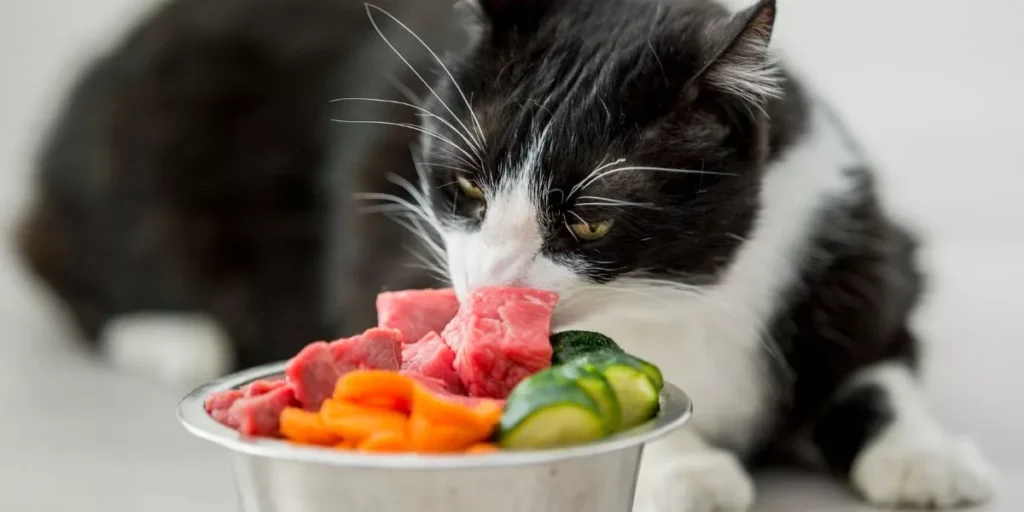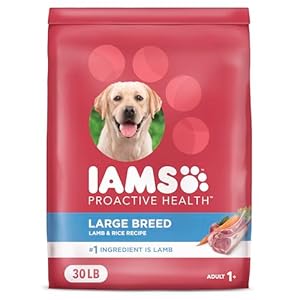
Maintaining a balanced diet for your pet involves more than just filling their food bowl. Have you ever wondered how to ensure that your furry friend is getting all the necessary nutrients for optimal health and well-being? It’s not just about what you feed them but also how you feed them. By understanding the key elements of a balanced diet tailored to your pet’s specific needs, you can set them on the path to a long and healthy life.
Understanding Pet Nutritional Needs
To ensure your pet stays healthy, it’s crucial to understand their specific nutritional requirements. Different pets have varying dietary needs based on their species, age, size, and activity level. Dogs, for example, require a diet rich in protein to support their muscle development, while cats need a diet high in fat and protein to fuel their carnivorous nature. Understanding these basic differences is essential in providing your pet with the right balance of nutrients.
In addition to protein, pets also need essential vitamins and minerals to thrive. These nutrients play a crucial role in maintaining your pet’s overall health and well-being. For instance, vitamin A is essential for good vision in cats, while calcium is vital for strong bones and teeth in dogs. By incorporating a variety of nutrient-rich foods into your pet’s diet, you can help prevent nutritional deficiencies and support their long-term health.
Selecting High-Quality Pet Foods
When choosing pet foods, prioritize high-quality options that align with your pet’s specific nutritional needs. Look for pet foods that list a high-quality protein source, such as chicken, beef, or fish, as the first ingredient. Avoid products with excessive fillers like corn, wheat, and soy, as these may not provide the essential nutrients your pet requires. Opt for pet foods that are formulated for your pet’s life stage, whether it be puppy/kitten, adult, or senior, to ensure they receive the appropriate balance of nutrients.
Additionally, consider your pet’s breed, size, and activity level when selecting a pet food to cater to their individual requirements. Checking for certifications like AAFCO (Association of American Feed Control Officials) can also indicate that the food meets certain nutritional standards. Remember, investing in high-quality pet food can contribute to your pet’s overall health and well-being, providing them with the necessary nutrients for a balanced diet.
Proper Portion Control and Feeding Schedule
Proper portion control and a consistent feeding schedule are crucial for maintaining your pet’s optimal health and weight. Feeding your pet the right amount of food helps prevent obesity and related health issues. It’s essential to follow the feeding guidelines provided on the pet food packaging or recommended by your veterinarian.
When determining your pet’s portion size, consider factors such as age, weight, activity level, and any health conditions. Avoid overfeeding, as it can lead to obesity, while underfeeding can result in malnutrition. Split your pet’s daily food allowance into multiple meals to help with digestion and prevent overeating.
Establishing a regular feeding schedule also contributes to your pet’s overall well-being. Try to feed your pet at the same times each day to create a routine. Consistency in feeding times helps regulate your pet’s metabolism and can prevent begging or excessive meowing or barking. Remember to provide fresh water at all times, and monitor your pet’s weight and body condition regularly to adjust their portion sizes as needed.
Incorporating Variety in Your Pet’s Diet
Incorporating a variety of foods into your pet’s diet can help ensure they receive a balanced array of nutrients for optimal health. Just like humans, pets benefit from diversity in their meals. Rotate between high-quality commercial pet foods, home-cooked meals, and occasional treats to ensure your pet gets a mix of proteins, carbohydrates, fats, vitamins, and minerals. Different foods offer different nutrients, so by varying your pet’s diet, you reduce the risk of nutrient deficiencies or excesses.
When introducing new foods, do so gradually to prevent digestive upsets. Start by mixing small amounts of the new food with their regular diet, increasing the proportion over time. This method allows your pet’s digestive system to adjust and reduces the likelihood of any adverse reactions.
Consider incorporating fresh fruits and vegetables, lean meats, and whole grains into your pet’s meals to add variety and essential nutrients. Remember that balance is key, so aim for a diverse diet that meets your pet’s specific nutritional needs.
Consulting With a Veterinarian for Guidance
For personalized advice on your pet’s diet, consult with a veterinarian to ensure they receive the best care possible. Veterinarians are trained professionals who can provide tailored recommendations based on your pet’s specific needs. They can assess your pet’s current health status, consider any medical conditions or dietary restrictions, and recommend a well-balanced diet that meets all their nutritional requirements.
When consulting with a veterinarian, be prepared to discuss your pet’s age, breed, activity level, and any existing health issues. This information will help the veterinarian make informed decisions about the type and amount of food that’s suitable for your pet. Additionally, veterinarians can offer guidance on portion control, feeding schedules, and potential supplements that may benefit your pet’s overall health.
Regular check-ups with a veterinarian can also help monitor your pet’s weight, body condition, and any changes in their dietary needs over time. By working closely with a veterinarian, you can ensure that your pet maintains a balanced diet that promotes their well-being and longevity.
Pet supplies














